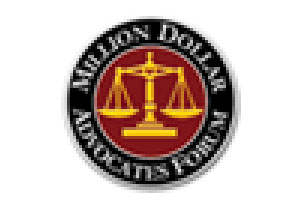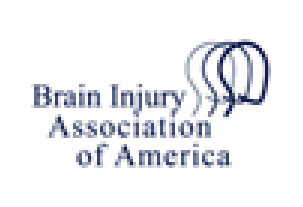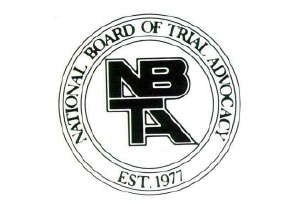One of the most important therapies available to cerebral palsy sufferers is physical therapy. Because there is no cure for the disorder, patients with the disorder typically require a lifetime of treatment. It is the job of the physical therapist to help a child’s mobility by teaching and carrying out exercises designed to avoid contractures, bone deformity and unwanted movement. A potential physical therapy program could involve one or more of the following: Stretching – The therapist assists in moving the arms and legs in a way to produce a slow, steady pull on muscles, keeping them loose. Most children with cerebral palsy have very tight muscles and increased tone, requiring daily stretching to keep arms and legs limber enough for continued movement and function. Strengthening – The therapist assists in strengthening exercises for muscle groups needed to properly support the child’s body and increase function. Positioning – By placing…
Read More »
Birth Injury and Cerebral Palsy Attorneys Home
Physical Therapy Helps Cerebral Palsy Sufferers Lead Better Lives
March 23, 2012The Remarkable Effects of Music on Cerebral Palsy
March 19, 2012Some treatments for cerebral palsy may seem obvious, such as physical therapy, but some are less well known. One effective approach you may be unaware of is music therapy. As the name implies, music therapy uses music as a therapeutic tool to restore, maintain and improve mental, physical and emotional health. When using music therapy, therapists work with patients to create specific, long-term objectives. Therapists then help patients to reach these objectives using different musical activities, including singing, playing instruments, moving to music, improvising, composing and listening. Three areas of music are particularly helpful for those with cerebral palsy: Singing – helps improve speech and language skills, including vocalization, verbalization, articulation, language expression and reception, rhythm and breathe control. Playing Instruments – improves gross and fine motor skills, including coordination, balance, dexterity, range of motion, strength, and social skills like participation, self-esteem and cooperation. Rhythmic Movement – helps with gross…
Read More »
Choosing a Positive Caregiver is Vital for Children with Cerebral Palsy
March 14, 2012Children with cerebral palsy face a variety of obstacles in their lives. If you are the parent of such a child, you may feel you have very little control over how your child develops. While it may be true that your control is limited, one area where you may have a choice is in who cares for your child. The caregiver for a child with cerebral palsy is probably the most important person in that child’s life. An ideal caregiver can recognize the needs of the child and provide him or her with a loving, positive environment. Sufferers of cerebral palsy may have difficulty expressing their needs, putting them at high risk for unintentional and intentional neglect or even take the form of outright child abuse. Having a child with cerebral palsy can strain a family, both emotionally and financially. You may feel you have no other option than to…
Read More »













